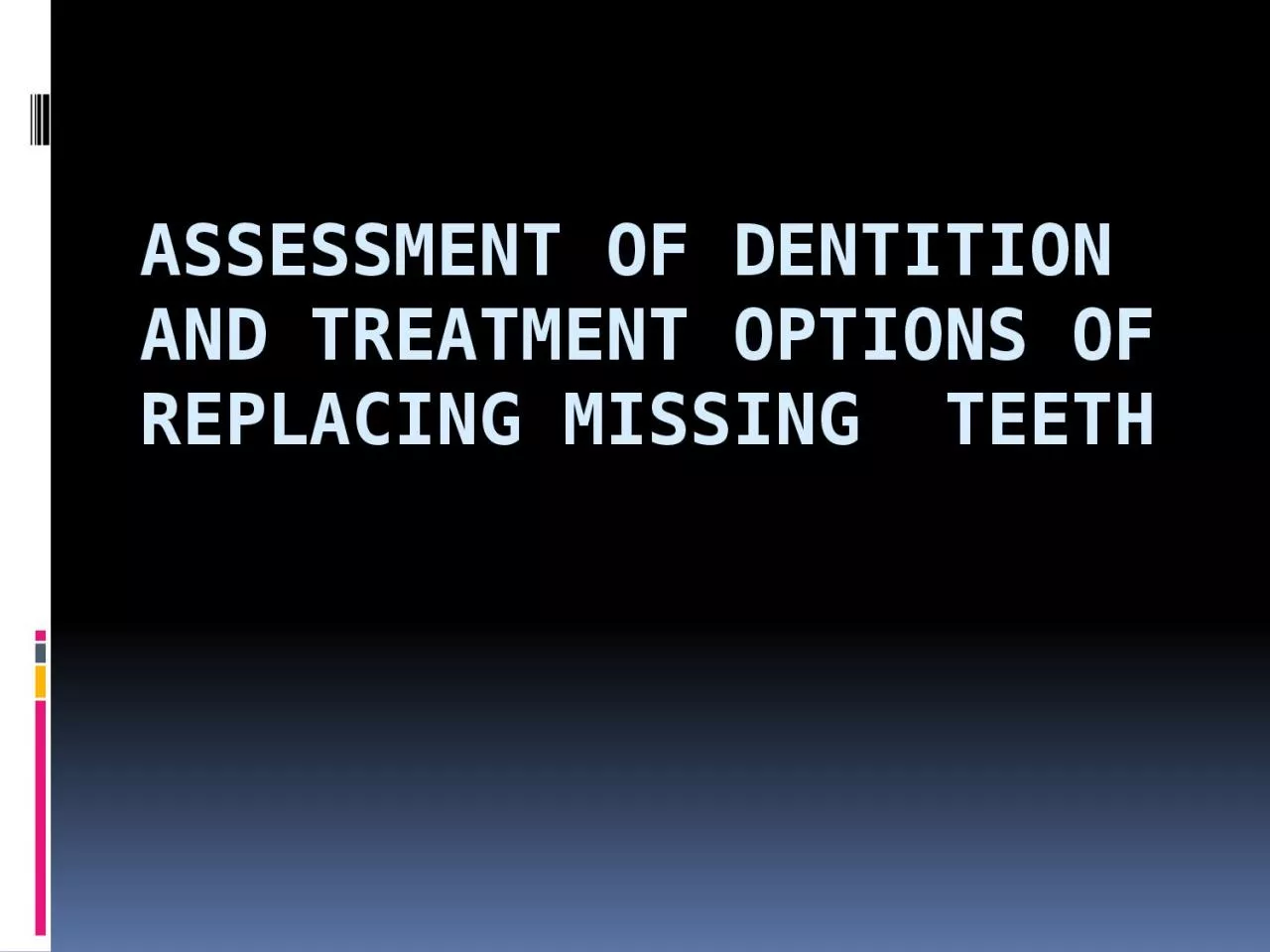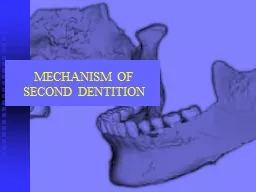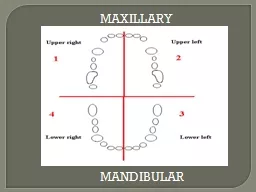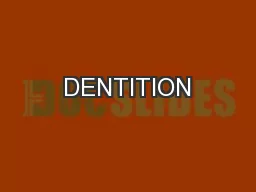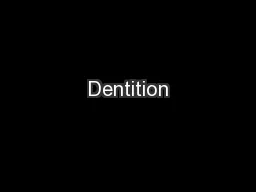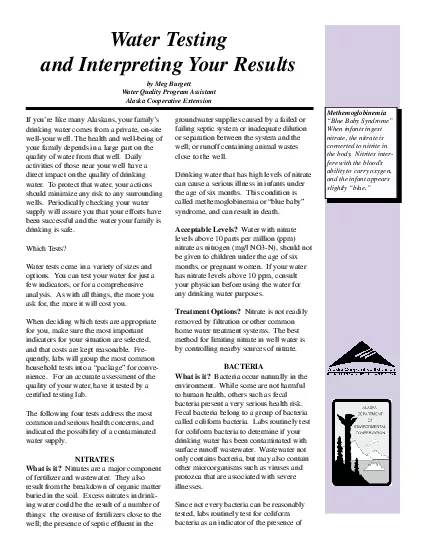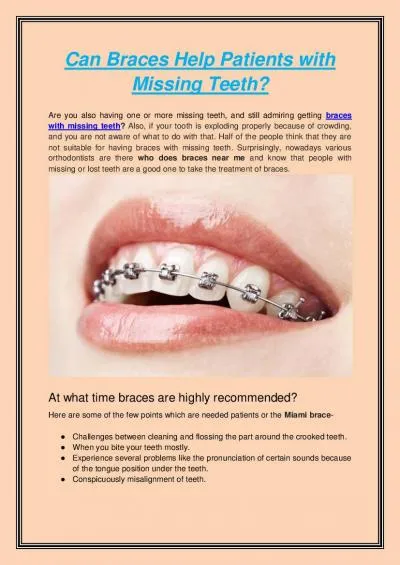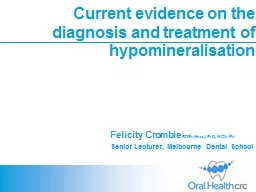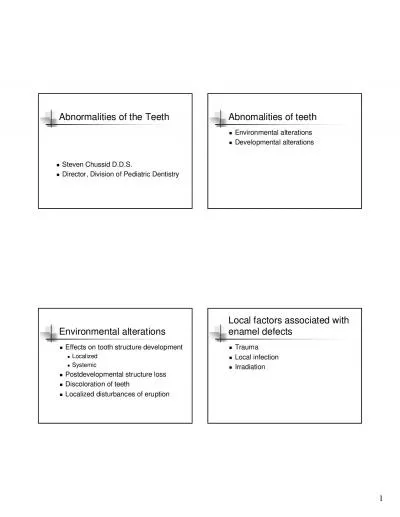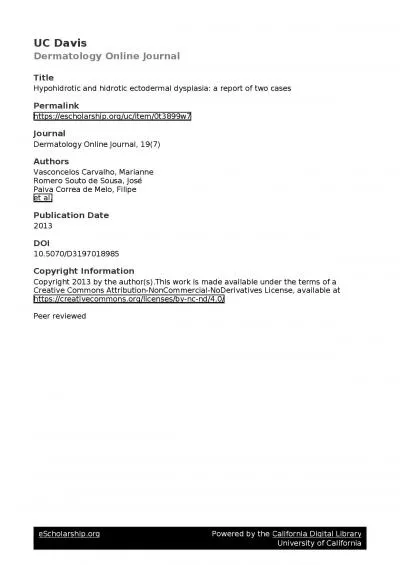PPT-Assessment of dentition and treatment options of replacing missing teeth
Author : davis | Published Date : 2022-06-18
The dentist has a wide range for replacing missing teeth And these can due to dental disease trauma developmental anomalies All these have an impact on the condition
Presentation Embed Code
Download Presentation
Download Presentation The PPT/PDF document "Assessment of dentition and treatment op..." is the property of its rightful owner. Permission is granted to download and print the materials on this website for personal, non-commercial use only, and to display it on your personal computer provided you do not modify the materials and that you retain all copyright notices contained in the materials. By downloading content from our website, you accept the terms of this agreement.
Assessment of dentition and treatment options of replacing missing teeth: Transcript
Download Rules Of Document
"Assessment of dentition and treatment options of replacing missing teeth"The content belongs to its owner. You may download and print it for personal use, without modification, and keep all copyright notices. By downloading, you agree to these terms.
Related Documents

